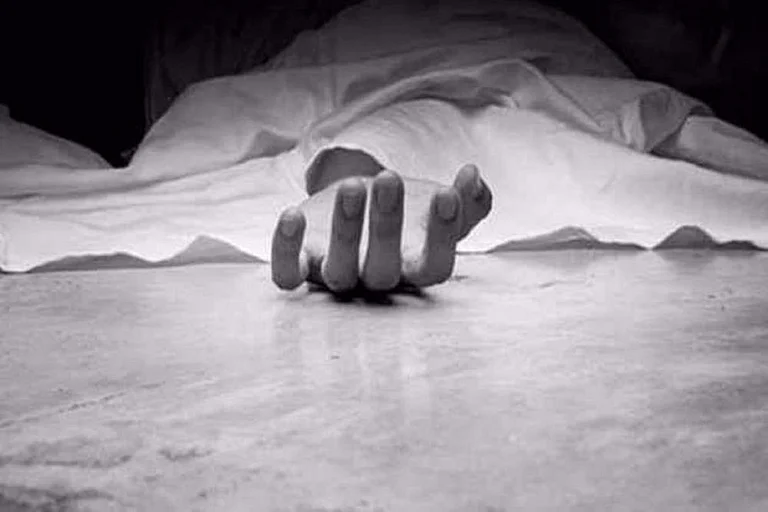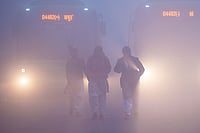It is not certain if the fire in Iran’s high security Evin prison is linked with the on-going anti-hijab protests that has swept through the country since last month.
The authorities have clearly said they are not. But sound of gunfire from the prison and raising of anti-regime slogans by people gathered outside the jail, tell a different story.
One thing is clear, that people’s patience is running thin and Ayatollah Ali Hosseini Khamenei’s regime may perhaps be facing its toughest challenge. Whether the discontent will lead to any drastic change is difficult to predict, but the message is loud and clear that there is widespread anger against the current government.
However it is unlikely that the anti-hijab stirs and the general unhappiness of people with the regime would translate into regime change.
The Iranian state is much too powerful for that and there is also support for the theocratic state run by the Ayatollah’s among a large section of religious minded
Iranians especially across rural areas. Though the people of Iran have enormous capacity to take pain, decades of economic sanctions by the US and the downturn worldwide since the pandemic have had a heavy toll on ordinary lives.
The general disillusionment with the state, high prices of everything, the fact that many professionals have to take two jobs to survive the economic hardships, the enormous power that the religious police enjoy and the strict hijab rules have frustrated large sections of the urban population.
``It is difficult to predict what will eventually happen, but regime change is not likely. The people have sent out a strong signal, and at best the system may adopt corrective measures to diffuse the tension and perhaps instruct the moral police to behave with much more restraint,’’ says K.C.Singh, India’s former ambassador to Tehran.
Another former ambassador speaking on condition of anonymity said :`` The current agitation will have a long term effect and could affect the present rigidity that has been the norm since the Islamic Revolution.’’
Revolt against Khamenei, the Supreme Leader, is rare as the clergy has run Iran with an iron fist since the Revolution of 1979 over threw the Shah of Iran. Yet as former US President Barak Obama reminded the world, there was a movement against the regime in 2009, centred around Iran’s presidential elections.
The demonstrations however were not against the Supreme leader but former president Mahmoud Ahmadinejad, accused by supporters of his rival Mir-Hossein Mousavi of having stolen the votes. Protesters carried placards asking ``Where is my Vote.’’
Obama confessed that in retrospect he believed he made a mistake by not supporting what was called the green movement. The authorities crushed the protests and without any foreign help the agitation petered out.
While the 2009 protests were by supporters of a particular candidate the 2019 agitation were by ordinary citizens. When the government removed subsidies on petrol, people’s anger spilled on to the streets as decades of US sanctions had already made life unbearable for ordinary citizens. Gas stations were set ablaze and banks ransacked. That was the first show of defiance by the people and was swiftly curtailed.
But since the death of 22-year old Mahsa Amini, arrested by the religious police for not wearing her hijab in the way they approved, the situation changed dramatically.
Evin prison is in northern Tehran and houses several political prisoners, anti-government journalists and foreigners detained by the authorities. Considering that many of those detained in Evin were also anti-hijab protesters, it could be that prisoners were agitating in the jail known for abuse and torture of inmates.
The actual picture of Saturday’s fire will take time to emerge, though videos of smoke rising from the facility are all over social media. BBC quoted state media as saying that ``criminal elements’’ were responsible for the fire.
Saturday’s prison fire, will add one more dimension to the problems faced by the Iranian state.



























